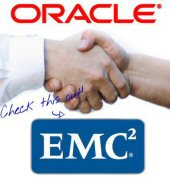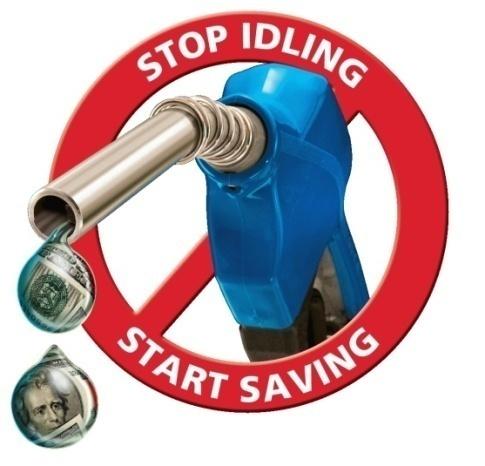 In previous posts I have focused on the technical side of running business applications (except my last post about the Joint Escalation Center). So let’s teleport to another level and have a look at business drivers.
In previous posts I have focused on the technical side of running business applications (except my last post about the Joint Escalation Center). So let’s teleport to another level and have a look at business drivers.
What happens if you are an IT architect for an organization, and you ask your business people (your internal customers) how much data loss they can tolerate in case of a disaster? I bet the answer is always the same:
“zero!”
This relates to what is known in the industry as Recovery Point Objective (RPO).
Ask them how much downtime they can tolerate in case something bad happens. Again, the consistent answer:
“none!”
This is equivalent to Recovery Time Objective (RTO).
Now if you are in “Jukebox mode” (business asks, you provide, no questions asked) then you try to give them what they ask for (RPO = zero, RTO = zero). Which makes many IT vendors and communication service providers happy, because this means you have to run expensive clustering software, and synchronous data mirroring to a D/R site using pricey data connections.
If you are in “Consultative” mode, you try to figure out what the business really wants, not just what they ask for. And you wonder if their request is feasible at all, and if so, what the cost is of achieving these service levels.
![]()

 EMC and Oracle have supported each others products since 1995 and both spent millions of dollars in making them work together. EMC actually became famous in the late nineties because of our “Guilty until proven innocent” support mentality. We are known for the first company to give meaning to the concept of “Remote Support / Phone Home”, and the success stories still go around that EMC field engineers sometimes surprised customers with a visit in order to repair components (mostly disk drives), often before they were broken, and if they were actually broken the customers would not even notice (needless to say that replacements were done online).
EMC and Oracle have supported each others products since 1995 and both spent millions of dollars in making them work together. EMC actually became famous in the late nineties because of our “Guilty until proven innocent” support mentality. We are known for the first company to give meaning to the concept of “Remote Support / Phone Home”, and the success stories still go around that EMC field engineers sometimes surprised customers with a visit in order to repair components (mostly disk drives), often before they were broken, and if they were actually broken the customers would not even notice (needless to say that replacements were done online). One of my missions is to help customers saving money (Dirty
One of my missions is to help customers saving money (Dirty